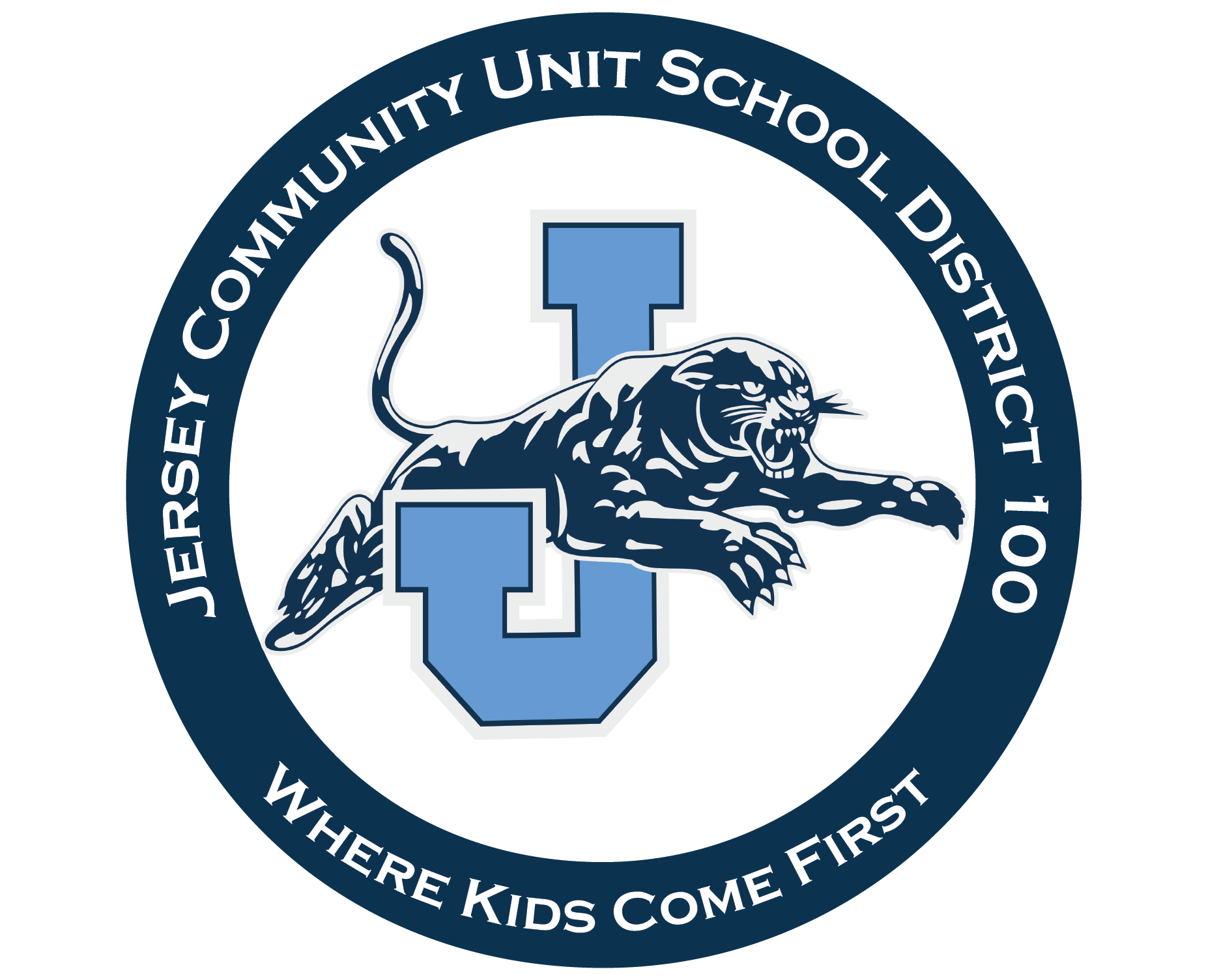Fifth Grade
Grade 5 Math Curriculum Framework
Operations & Algebraic Thinking
Use order of operations to evaluate numerical expressions and solve equations.
Translate a word problem to numerical expressions and equations.
Compare different numeric patterns and identify relationships between them.
Numbers & Operations: Fractions
Add and subtract fractions and mixed numbers with unlike denominators.
Explain why an answer makes sense when a word problem is solved using addition and subtraction of fractions.
Recognize that fractions are division problems, and use this to solve word problems.
Multiply a fraction or a whole number by a fraction.
Explain what happens when I multiply fractions and/or whole numbers.
Solve word problems using multiplication of fractions and/or mixed numbers using pictures or equations.
Divide unit fractions by a whole number and whole numbers by unit fractions.
Solve word problems using division of whole numbers and unit fractions using pictures or equations.
Numbers & Operations: Base Ten
Identify the value of a digit based on its place value up to the thousandth place.
Explain in words the placement of a decimal point and zeros when multiplying or dividing by a power of ten.
Compare decimals to the thousandth place.
Use place value to round decimals to any place.
Multiply multi-digit whole numbers.
Divide whole numbers with 4-digit dividends and 2-digit divisors, evenly.
Illustrate and explain how to divide whole numbers using equations, pictures, and tools.
Add, subtract, multiply, and divide decimals to the hundredth place.
Measurement & Data
Convert within a measurement system, and use these calculations to solve multi-step real-world problems.
Create and use a line plot with measurements in fractions to solve problems.
Show, using visuals, that volume is an attribute of solid figures composed of cubic units.
Measure volumes using cubic units.
Use the formulas for volume to calculate the volume of rectangular prisms.
Use my knowledge of the volume of rectangular prisms to calculate the volume of more complex solid figures.
Geometry
Graph points on a coordinate plane.
Represent a problem by graphing coordinates on a coordinate plane.
Make connections between 2-dimensional figures by observing and documenting their attributes.
Classify two-dimensional figures according to their attributes.
Grade 5 Literacy Curriculum Framework
Literature
Read and comprehend complex literary text independently and proficiently
Make inferences that are supported by the text
Analyze how two or more texts address similar themes or topics to build knowledge or compare the approaches the authors take
Summarize the text using important literary elements such as conflict, rising action, climax, falling action, and resolution.
Compare and contrast two or more characters, settings, or events.
Determine the meaning of words using context clues.
Determine the theme of a story.
Informational Text
Read and comprehend complex informational text independently and proficiently
Make inferences that are supported by the text
Analyze the point of view and how it impacts the overall message of the text.
Explain relationships between two or more individuals, events, or ideas.
Use many different sources to answer questions or solve problems.
Summarize the key supporting details and ideas in a text.
Foundational Skills
Cite specific textual evidence to support ideas
Determine the meaning of the text using context clues
Use knowledge of prefixes, suffixes, and roots to help read unfamiliar words.
Read text accurately with understanding.
Recognize and correct mistakes made while reading.
Speaking and Listening
Actively participate in discussions by responding to and posing questions.
Actively participate in discussions by reviewing and adding to key ideas.
Speak clearly at an understandable pace.
Present information on a topic and make sure that ideas have detailed support and are in order.
Writing
Demonstrate the command of conventions when writing informative and narrative writing
Write an introduction for an expository essay that previews the main points.
Provide detailed support for all Ideas in my writing.
Stay on topic throughout the writing.
Write a conclusion that restates the main points.
Write a narrative essay that introduces characters, settings, and problems.
Sequence events so that make sense in narrative essays.
Use dialogue and description to develop events in narrative essays.
Have a conclusion that wraps up the events in a narrative essay.
Use appropriate transitions in writing.
Plan, draft, revise, and edit essays.
Write a research report that includes information from different sources.
Language
Spell words correctly in my writing, even if I need to access a resource.
Revise sentences to improve them by adding to them, combining them, or shortening them.
Use prefixes, suffixes, and roots to help understand a word.
Science and Social Studies Framework
Social Studies Standards
Science Standards
Grade 5 Curriculum Resources
American Reading Company
Eureka Math
Guided Reading Library of leveled student texts
Fountas and Pinnell BAS
IXL
NWEA MAP
Amplify Science
Generation Genius
Core Knowledge
Grade 5 Instructional Practices
Shared, guided, one-on-one conferences with literacy instruction
IDR (Independent Daily Reading practice)
Use of Leveled books matched to readers
Technology: Newline Interactive board and student Chromebooks
Summer Reading Suggestions for Kids Going Into Sixth Grade
Grade 5 Online Resources for Parents and Students
